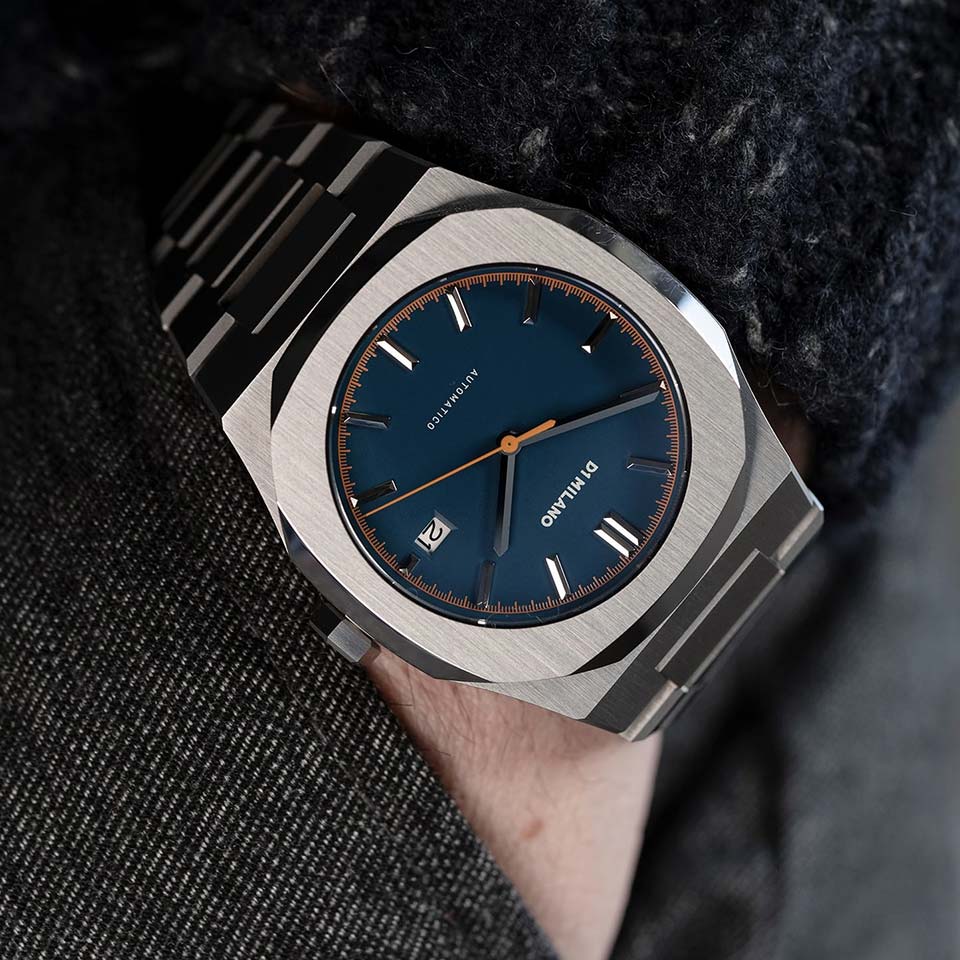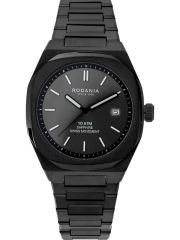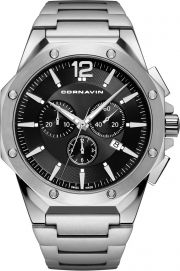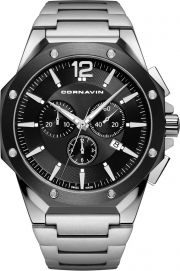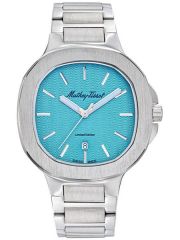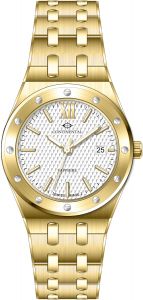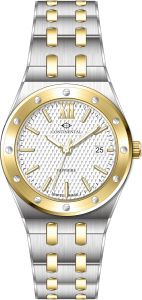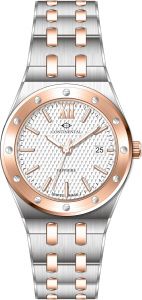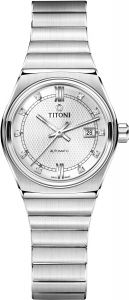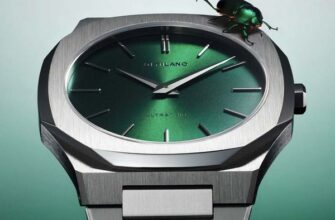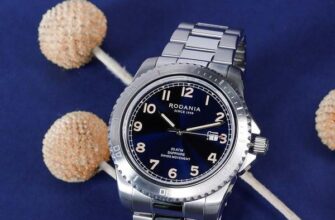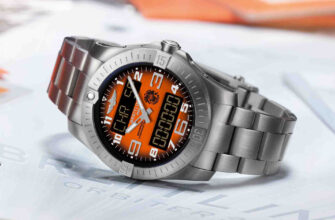In recent years, the topic of watches with integrated bracelets has become more and more relevant. In a broad sense, an integrated bracelet is called a bracelet, which visually forms a single whole with the watch case, without any visible gaps between these two components.
But is such a view strictly scientific? Let's get bored for a while and look at the terminology with all the pickiness.
We didn't say that all that glitters is not gold. To rephrase - not every bracelet that seems to be integrated is. The very meaning of the word "integrated" means that a structural element is rigidly built into this structure and can only be replaced by exactly the same one - in that part in which the embedding takes place.
Let's remember: the most popular type of attaching a bracelet or strap to the case is as follows. The body, top and bottom, has two pairs of ears. A shallow hole is made in each ear on the inside. A spring-loaded pin is inserted into these holes, on which, in turn, a strap or the root link of the bracelet is put on. In this case, we can change the bracelet / strap for any other - as long as they fit in width to the distance between the ears. Most often, this leaves a noticeable gap between the strap/bracelet and the case.
But even if the gap is not visible (this happens if the root link of the bracelet or the base of the strap fits exactly into the shape of the case between the lugs), such a bracelet is not an organic part of the case. He - remember that we are bores here! – cannot be called integrated. We will call it pseudo-integrated. But a truly integrated bracelet is arranged differently and is built into the case in a different way too!
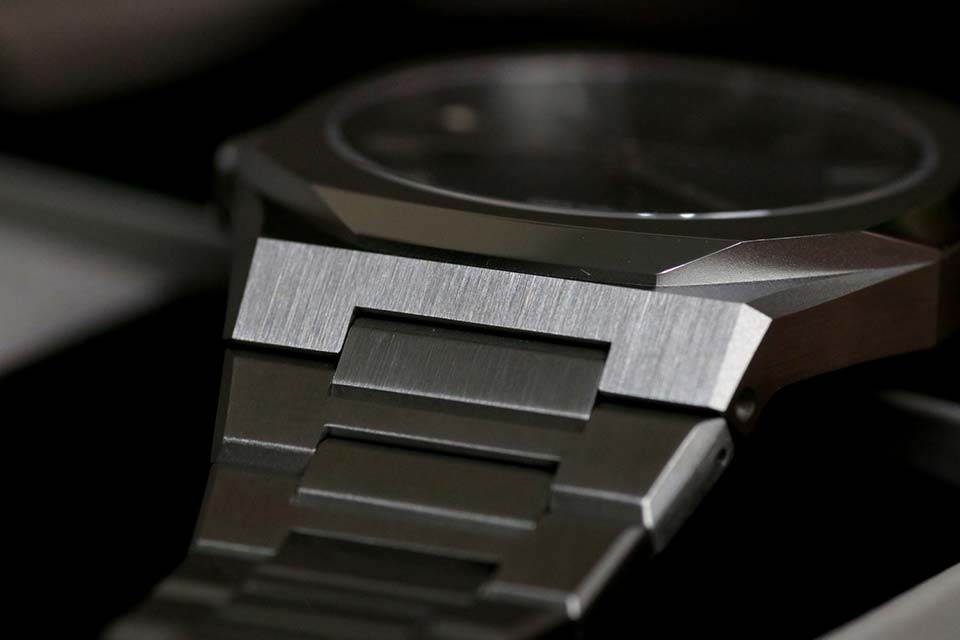
How else exactly? Well, let's try to give an exact formulation - in our opinion, in a scientific way. So, we will call an integrated bracelet, the root link of which is rigidly fixed to the case, motionless. It does not rotate on a hairpin and thus forms a single whole with the body. Landing on the hand is carried out due to the rotation of all other links relative to each other.
By the way, the situation is absolutely similar with straps - rubber, silicone, etc. Of course, the strap itself is a single unit and is flexible; but the bottom line is that its butt part, albeit of a small length, is also motionless relative to the body, and the fit of the wrist occurs due to the aforementioned flexibility of the strap.
In terms of design, the integration of the bracelet into the case may have options. For example, watch Rodania Carouge, made (case and bracelet) of stainless steel with black IP coating. Ears here can hardly be called ears. Rather, the case has a cutout bulge, and the root link of the three-row bracelet fits perfectly into this cutout.
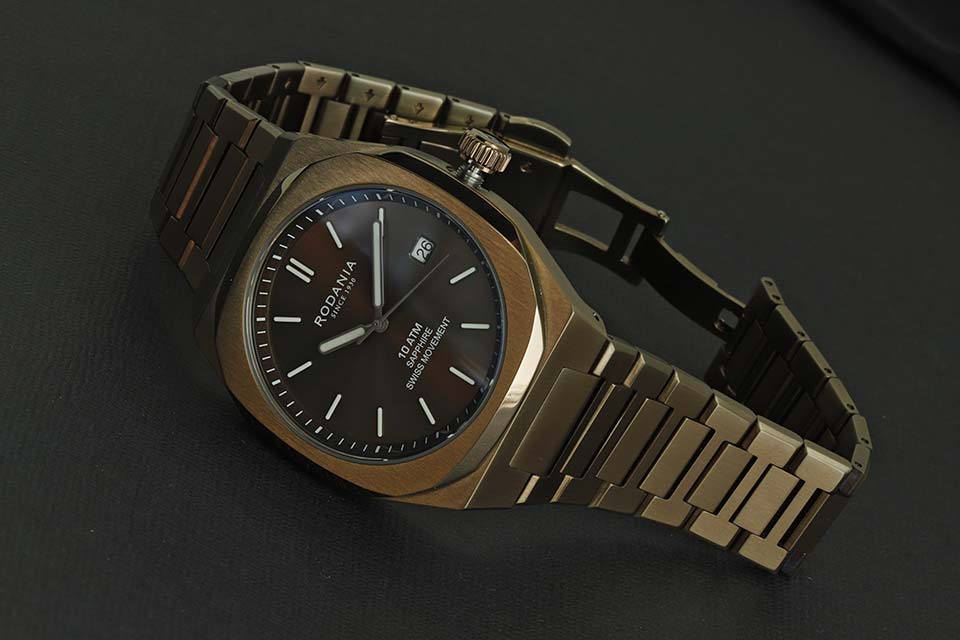
The elite model Cuervo y Sobrinos Churchill Yalta Edition is still trickier. Ears seem to be there, but attached to them - tough! - the entire root row of the bracelet, consisting of three links of an intricate shape.

At the Cornavin Downtown watch, the case itself is equipped at the top and bottom with faceted protrusions, bordered, in turn, by trapezoidal elements, from which the bracelet begins, and to which its root links are already attached.
The situation is similar with the Mathey-Tissot Evasion Automatic. Structurally, it is somewhat simpler here (aesthetically, it is by no means worse), but the meaning is the same: the protrusions of the case themselves are the beginning of the bracelet.
The Continental Pairwatches (available in both men's and women's versions) don't even have a semblance of lugs at all. The case and bracelet are integrated here according to the classical scheme used in the legendary Audemars Piguet Royal Oak models: the protrusion on the case, from which the bracelet actually begins, has two cutouts. They include a reciprocal pair of swinging elements of the lower link of the bracelet itself (the connection of all other links is the same).
But with the Titoni Impetus watch, the situation (in our opinion) is somewhat different. There are no lugs here either, the root link of a single-row bracelet is attached to the case due to a combination of a recess and a corresponding cutout ... but this is precisely the articulation of the case and bracelet; the root link rotates freely, while the case does not have an element that could pass for the beginning of the bracelet. So we still classify this bracelet as pseudo-integrated.
In conclusion, let's get rid of the tediousness and express an opinion based (as it seems to us) on common sense: in fact, it doesn't really matter if your favorite watch has an integrated design or a pseudo-integrated one. Firstly, both ensure that there is no gap between the bracelet and the case, which are seen in both cases as a single whole. So in terms of aesthetics, there is no difference. And secondly, as we dare say, this is your favorite watch! What is it all said...
